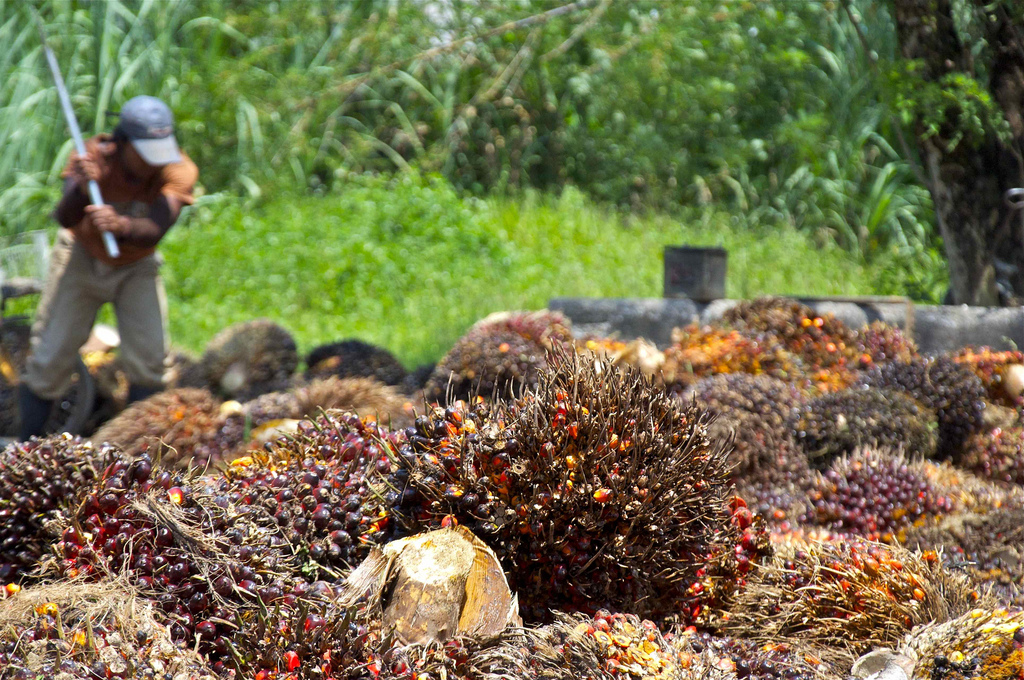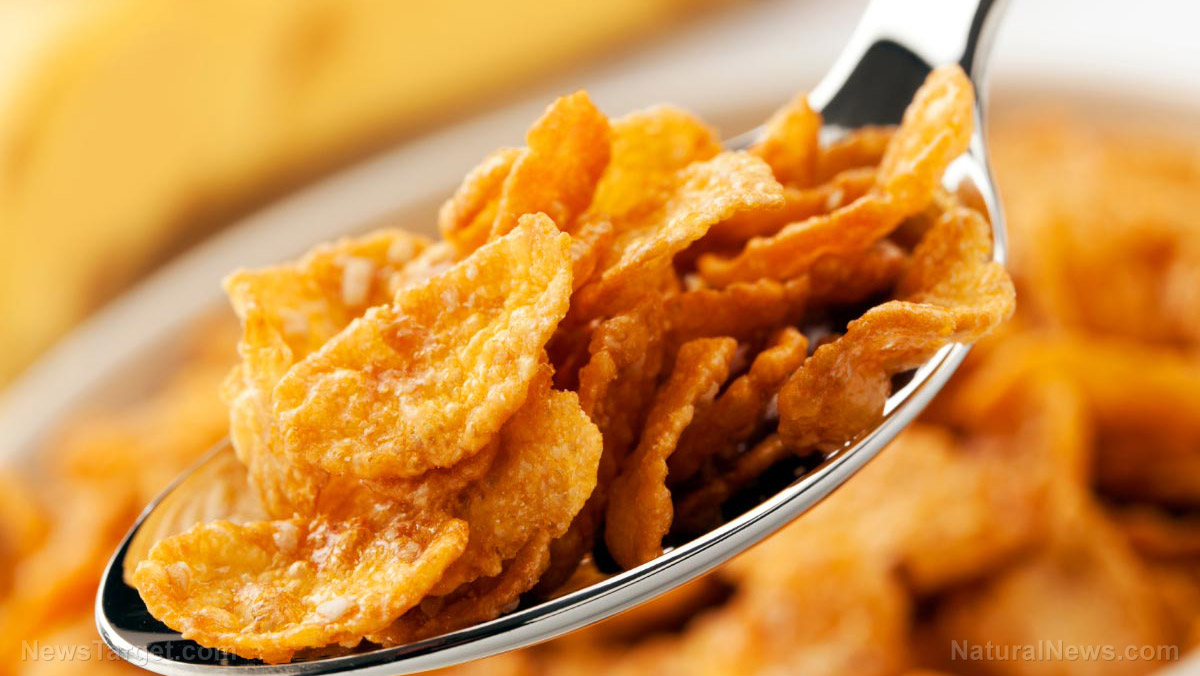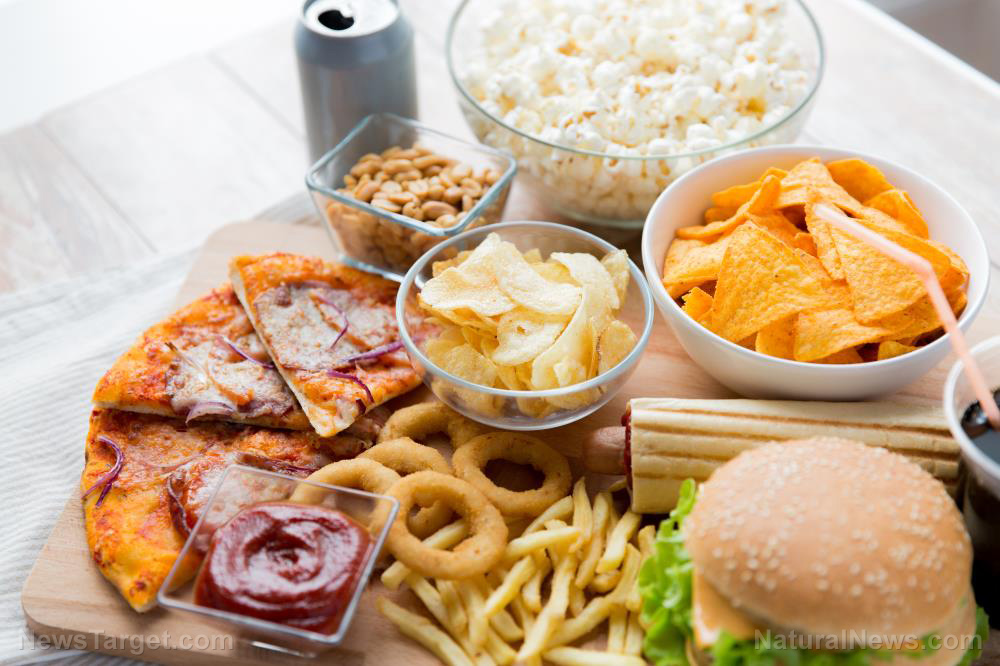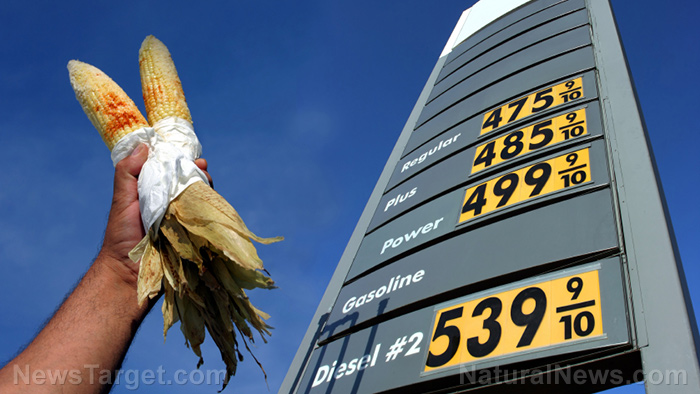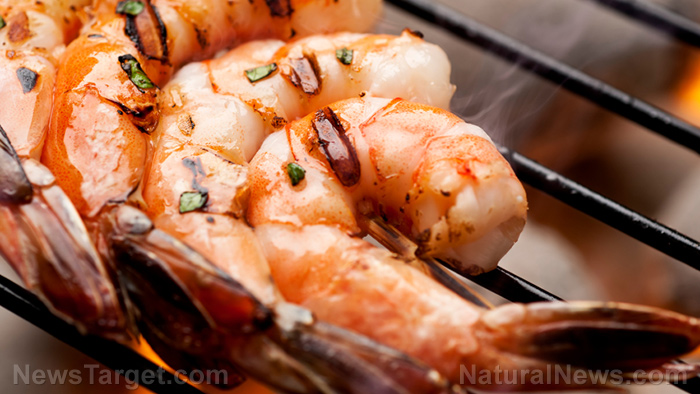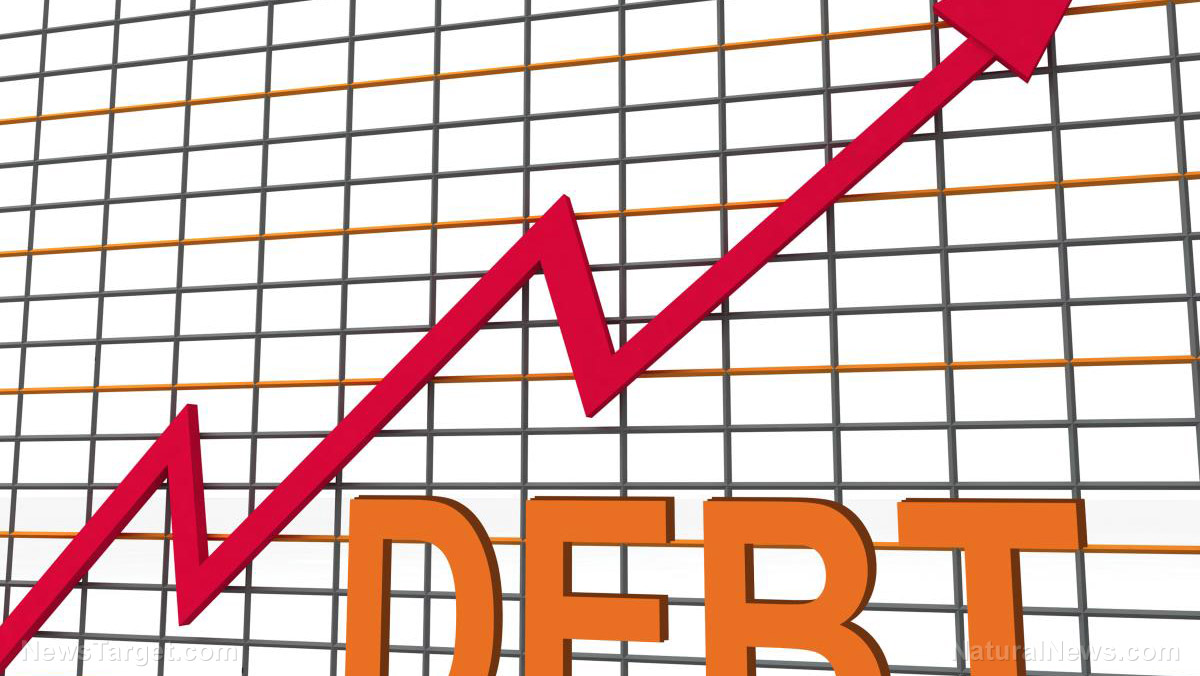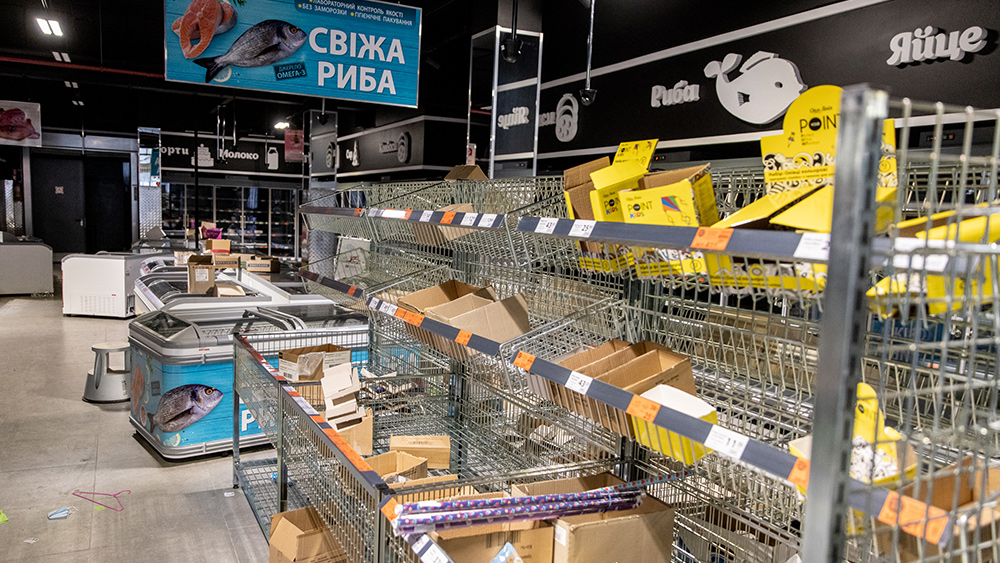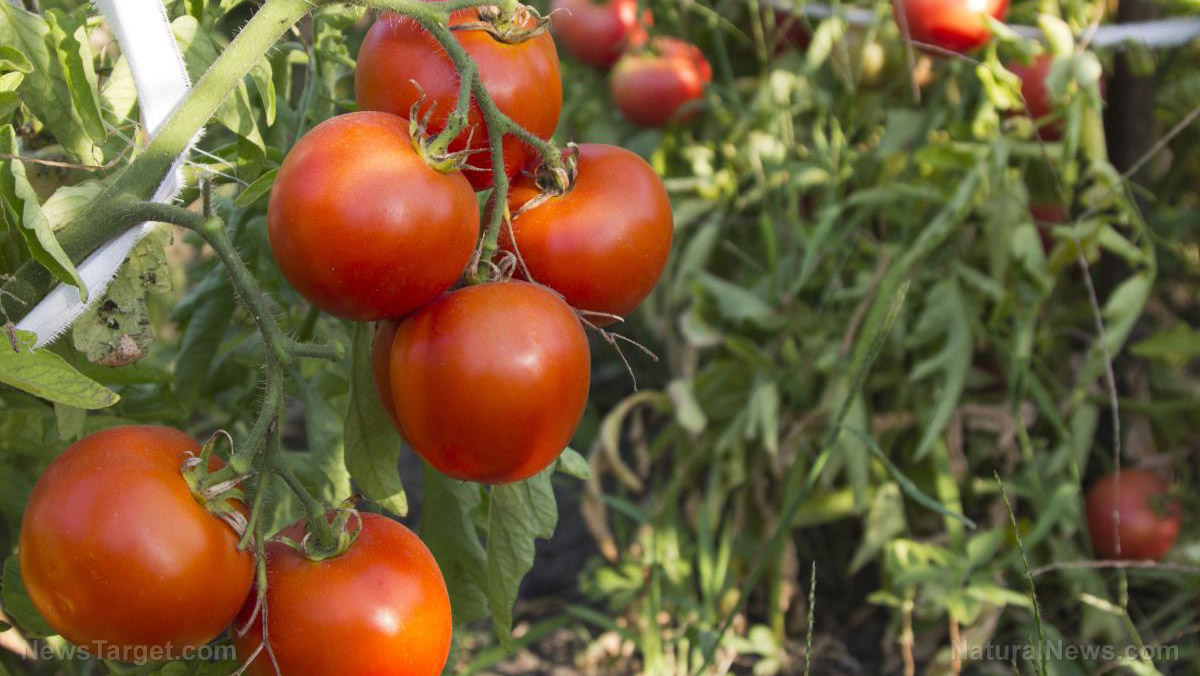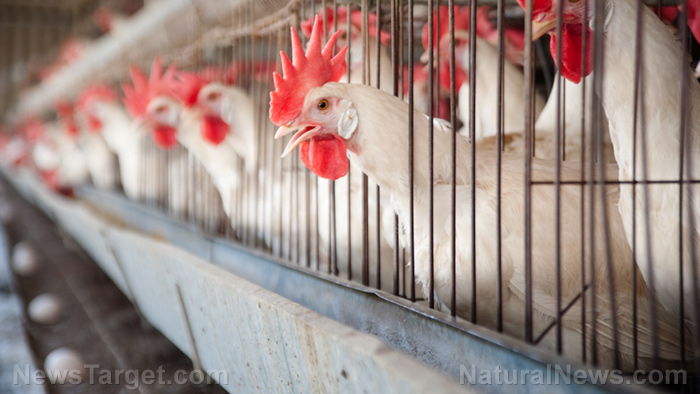Food price inflation hitting world’s poorest countries the hardest
09/15/2021 / By Arsenio Toledo

Global food prices have been climbing for over a year by now. While Americans have definitely felt a lot of pressure from the inflation, the worst effects have been felt by people in poorer and developing countries.
According to the latest data from the United Nations’ Food and Agriculture Organization, food prices have risen by 40 percent over the past 15 months. This is the single largest increase in food prices since the surge caused by the unrest in North Africa and the Middle East during the Arab Spring of 2010 to 2011.
Economists in the United States have noted that the rising commodity prices would have the biggest effect on the purchasing power of American households. But as families in the U.S. are feeling the pressure, the impact, they warned, was “far larger” in emerging markets and could last well into the next year.
These same experts have warned that the market forces causing food prices to soar are also responsible for at least some of the uncontrollable inflation. These forces include the bottlenecks and the breakdowns in the global supply chains, soaring costs of transportation and the labor shortages in the U.S. and other parts of the world. Experts have warned that a lot of these forces are ultimately caused by the economically devastating Wuhan coronavirus (COVID-19) lockdowns.
But while the inflation in the U.S. and much of the developed world may be beginning to moderate, analysts at some of the largest banks and financial corporations in the world warn that the rampant inflation in emerging markets may continue to rise, driven by demand.
Analysts at Deutsche Bank, a multinational German investment bank and financial services company, warned that the rampant inflation in emerging markets may continue to rise, driven by demand. If this occurs, central banks in the U.S. and in much of the developed world “will have an increasingly difficult monetary policy trade-off with slowing growth.”
This situation can already be seen in Russia. The country’s central bank raised its policy interest rate for the fifth time this year on Friday, Sept. 10. Russia did this to get ahead of rising commodity prices.
Experts from JPMorgan warned that similar situations are likely to occur in places like Peru, Mexico, Colombia and Brazil. (Related: Argentina bans beef exports in attempt to control record-high levels of food inflation.)
Food price increases in America
In the U.S., food prices are already rising at uncontrollable rates. In August, food prices rose by around one percent, up from around 0.6 percent in July. The continuing rise in food prices is defying the predictions set by the federal government that inflation would begin slowing down by now.
Compared with just one year ago, food prices have risen by 12.7 percent, outpacing the overall increase in the Producer Price Index (PPI) of 8.3 percent. The PPI measures the changes over time in selling prices domestic producers receive for their output.
This is the highest level of food inflation recorded since 2010. The monthly figure is the third-highest level on the record, followed by food prices in May 2020 and Feb. 2011.
According to the PPI’s data on Friday, the price of fish went up by 18 percent. This is followed by the price of fresh eggs, poultry meat and pork, which are all up between 31 to 34 percent.
This is followed by the price of turkey, which increased by 41.4 percent, and then by beef and veal, which rose by a jaw-dropping 59.2 percent.
The worst inflation can be seen in the price of grain, which is up by an incredible 98 percent. But it should be noted that this reflects the plunge in global demand for grain last year combined with a surge this year. This means the price of grain may have normalized slightly.
Furthermore, not all food prices have gone up. The prices of dairy and fresh fruits and vegetables have fallen.
Learn more about the global rise in food prices by reading the latest articles at MarketCrash.news.
Sources include:
Submit a correction >>
Tagged Under:
bubble, debt collapse, economic collapse, finance, food collapse, food costs, food inflation, food prices, food supply, government debt, hyperinflation, Inflation, market crash, price increases, supply chains
This article may contain statements that reflect the opinion of the author
RECENT NEWS & ARTICLES
COPYRIGHT © 2017 GROCERY NEWS


